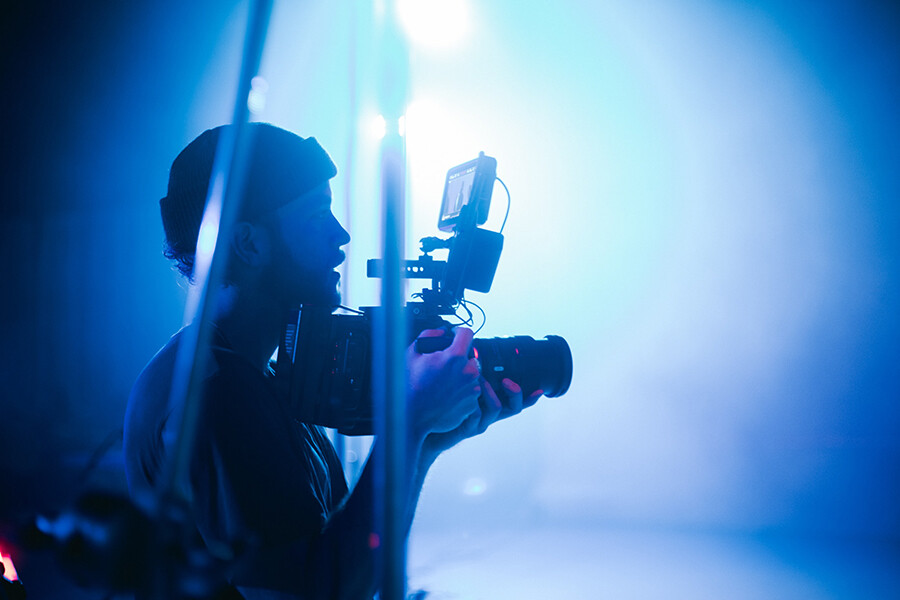- Accueil
- La recherche
- Mémoires et Travaux de fin d’études
- L’esthétisation du crash ou la destruction comme symbole de beauté
L’esthétisation du crash ou la destruction comme symbole de beauté
Auteur : Léo DUTHOIT
Directeur(s) de mémoire : Franck MAINDON
Photographie
Résumé : À travers ce mémoire, nous allons explorer la manière dont le crash automobile, événement brutal et généralement perçu comme tragique, a pu être esthétisé dans les arts visuels, la photographie, le cinéma et les médias contemporains. Loin de n’être qu’un fait divers, le crash devient un objet d’image, porteur d’une symbolique et d’une charge esthétique propre à notre modernité. Dès ses premières représentations dans la presse du début du XXe siècle, le crash fascine autant qu’il choque : il incarne une rupture dans l’ordre du quotidien, un moment de suspension du réel, transformé en spectacle visuel. À travers une approche pluridisciplinaire mêlant histoire de l’art, théorie de l’image et critique culturelle, ce travail explore comment le crash est passé du registre documentaire à celui de la mise en scène artistique. L’apparition de cette représentation prend corps dans la photographie de presse et d’illustration et semble basculer dans une dimension esthétique troublante dans les images charnières du photo-reporter Weegee. L’esthétique du choc s’ancre alors dans un imaginaire contemporain où la violence est à la fois redoutée et consommée. Ce mémoire interroge aussi les enjeux éthiques et philosophiques de cette esthétisation : peut-on faire du drame un objet de contemplation ? Quels rapports entre destruction, beauté et spectacularisation du drame ? En croisant les pensées de Susan Sontag, Paul Virilio, Georges Bataille ou Jean Baudrillard, ce travail révèle combien le crash automobile symbolise notre rapport ambivalent à la modernité, à la vitesse, au danger et à une certaine fascination pour la beauté née du chaos.
Mots-clés : Crash, Voiture, Automobile, Voyeurisme, Sensationnalisme, Weegee, Fait Divers
—
Abstract: This dissertation explores the way in which the car crash, a brutal event generally perceived as tragic, has been aesthetised in the visual arts, photography, cinema and the modern media. Far from being just a news item, the accident has become an object of image, carrying a symbolic and aesthetic force that is specific to our modern times. From its earliest representations in the early twentieth-century press, the crash has fascinated as much as it has shocked: it embodies a rupture in the order of daily life, a moment of suspension of reality, transformed into a visual spectacle. Through a multidisciplinary approach combining art history, image theory and cultural criticism, this work explores how the crash has moved from the documentary register to that of artistic staging. The emergence of this representation takes shape in press and illustration photography, and seems to tip over into a disturbing aesthetic dimension in the key images of the photojournalist Weegee. The aesthetic of shock is rooted in a contemporary imagination in which violence is both feared and consummated.
This dissertation also examines the ethical and philosophical issues involved in this aestheticisation : can we make tragedy an object of contemplation ? What is the relationship between destruction, beauty and the spectacularisation of tragedy ? By crossing the thoughts of Susan Sontag, Paul Virilio, Georges Bataille and Jean Baudrillard, this work reveals the extent to which the car crash symbolises our ambivalent relationship to modernity, speed and danger – and to a certain fascination for the beauty born of chaos.
Keywords: Crash, Car, Automotive, Voyeurism, Sensationalism, Weegee, News item



